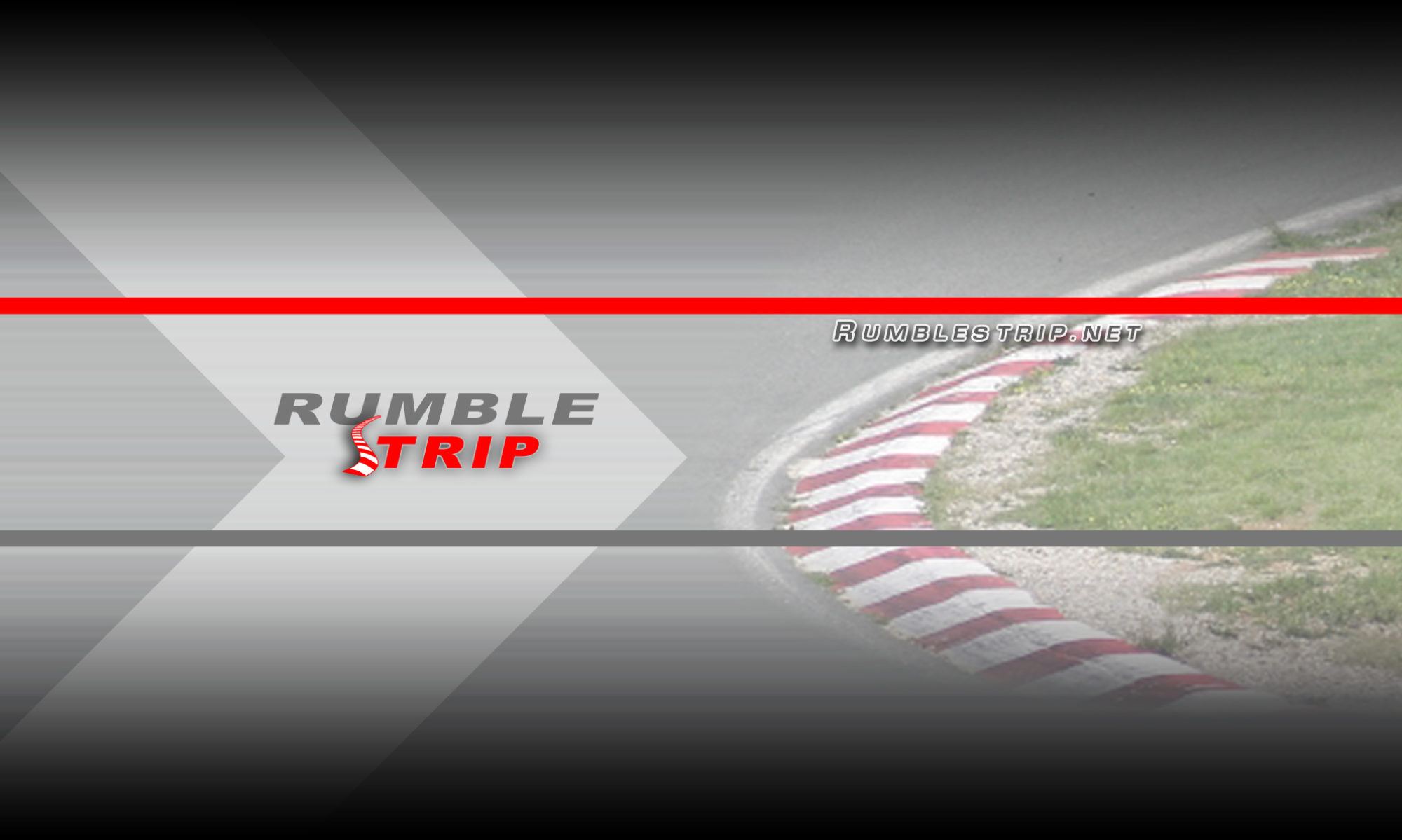
April 15th is usual a day that most American’s look on with dread. I believe the number is something like 65% of people in the US wait till the last day they can, to file their income taxes.
Rather than have any worries about that, we had filed ours over a month before the date, we were invited out to Hyundai’s Technical Center in Ypsilanti Michigan for a briefing on the new 2011 Sonata, and then a chance to drive the car over a 70 mile loop.
 The big news for the all new Sonata, other than the killer styling of the car, was that there would be no V6 option for the it. Because of this decision the engineers were able to make some basic changes to the architecture of the frame, and save a significant amount of weight without compromising the structure.
The big news for the all new Sonata, other than the killer styling of the car, was that there would be no V6 option for the it. Because of this decision the engineers were able to make some basic changes to the architecture of the frame, and save a significant amount of weight without compromising the structure.
In previous generations of Sonata’s less than 20% of the cars were ordered with V6’s, yet the car had to be designed with the V6 in mind for structure and crash standards. By making the decision to go with a four cylinder only philosophy, Hyundai were able to bring the car in at 3199lbs, which is a couple hundred pounds less than some of their competition. With a 198 horsepower engine that gives a power to weight ratio of 16.2 pounds per horsepower, which the best in class for four cylinders in a C segment car.
 The “fluidic sculpture” design works really well on the Sonata. In a segment where design is not the strongest attribute of any of the cars in the North American market, there are a few that are good, but nothing that is a George Foreman like haymaker, the Hyundai comes close to being that knockout.
The “fluidic sculpture” design works really well on the Sonata. In a segment where design is not the strongest attribute of any of the cars in the North American market, there are a few that are good, but nothing that is a George Foreman like haymaker, the Hyundai comes close to being that knockout.
While the overall profile of the car is quite organic, there are character lines throughout, such as on the body side, the grill, and trim elements that carry seamlessly from nose to tail. The “jewelry” in the headlights and taillights is something you normally associate with a car costing twice as much.
On the inside the material quality is good. In Limited trim the leather is quite nice, and the touch panel control with sat nav was nice. If were to pick nits the screen could be a bit larger, but it never feels small. With the GLS and SE trim models we also had a chance to sample, the cloth interior was nice, nicer than what we’ve sampled in the Ford Fusion, but, given how good the rest of the car is, you would have hoped it could be just a tick or two better. It’s nice, don’t get us wrong, we just didn’t come away thinking, this is nice cloth, like say Hyundai’s Genesis Coupe we currently have in for review.

Transmission choices are a dual clutch automatic, what Hyundai calls the SHIFTRONIC (A6MF2), or a 6 speed manual for the 37 people that will order a manual in the car. We aren’t joking about that number of people ordering manuals. At our briefing, 37 was the number of orders, year to date, for manuals in the Sonata. The manual will be in the order of 1-2% of all Sonata’s sold in the US.
On the road the 2.4l inline four has adequate power. We say adequate as enthusiasts eagerly awaiting the 276 horsepower turbo version coming later this year. For 95% of the people who buy the Sonata the power is fine. Being a four cylinder the horsepower and torque numbers are higher in the range than we like for every day driving, and probably higher than most American’s are used to as well. Horsepower peaks at 6300 rpm and peak torque isn’t till 4250 RPM’s. Mileage for the car is 22 city 35 highway for the automatic, we got around 32mpg in our spirited driving on some two lane backroads west of Ann Arbor.
The overall driving dynamics for the car are solid. It’s no sports car, and even in the sport “SE” trim, which has a 10% stiffer ride calibration, it’s not going to wow you. But, for a family car it does have some connective feel to the road, and that’s not often found in this segment.
Hyundai continue to provide great value for money across their range. With a starting price of $19,915 including freight charges for the GLS with the manual and $21,915 with the automatic, to a loaded up Limited with sat nav, premium audio and XM for $28,115, it’s no wonder that Hyundai’s market share has jumped to almost 4.5%, with a forward trajectory that looks like a hockey stick.
Given the malaise going on at Toyota and Honda these days, it’s little wonder that Hyundai has “the big MO” (momentum) carrying it forward. If they continue to execute as they have, try to grow to fast, or become to arrogant, then their future will continue to be very bright.








